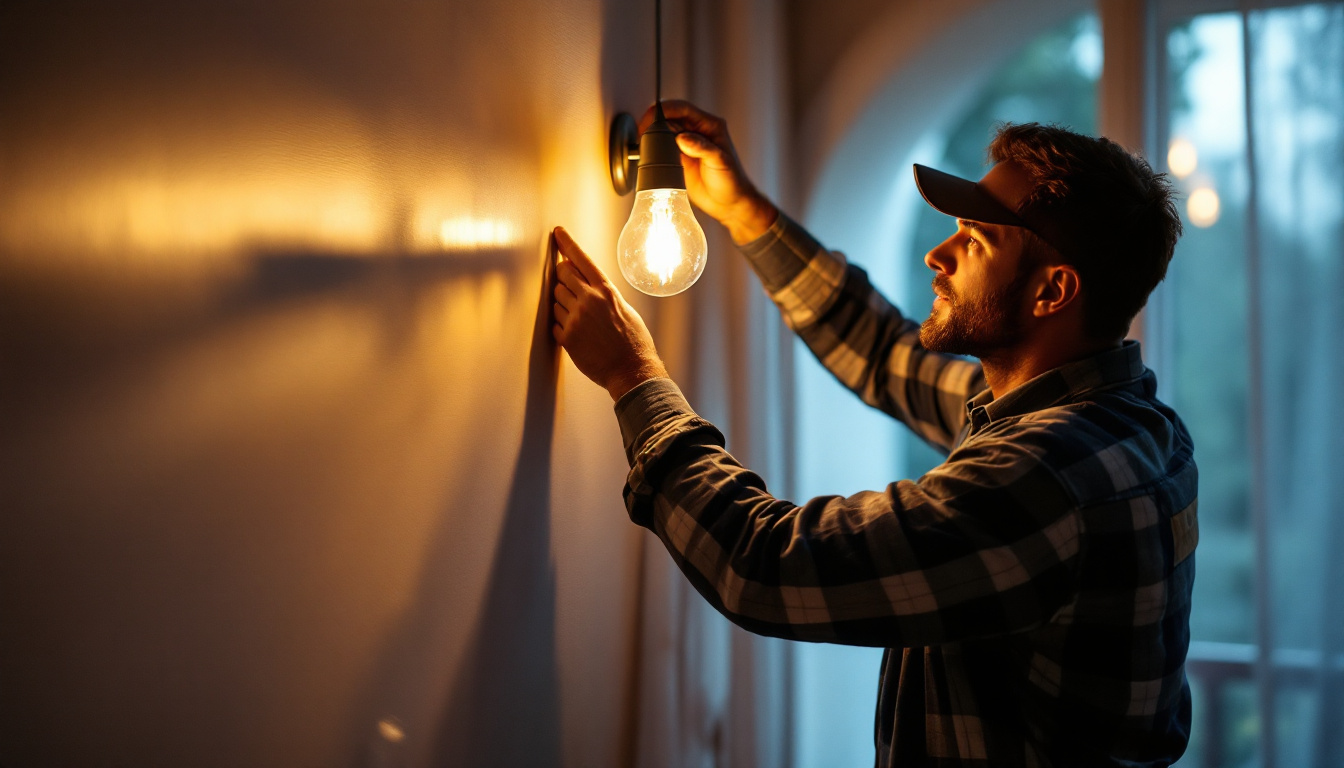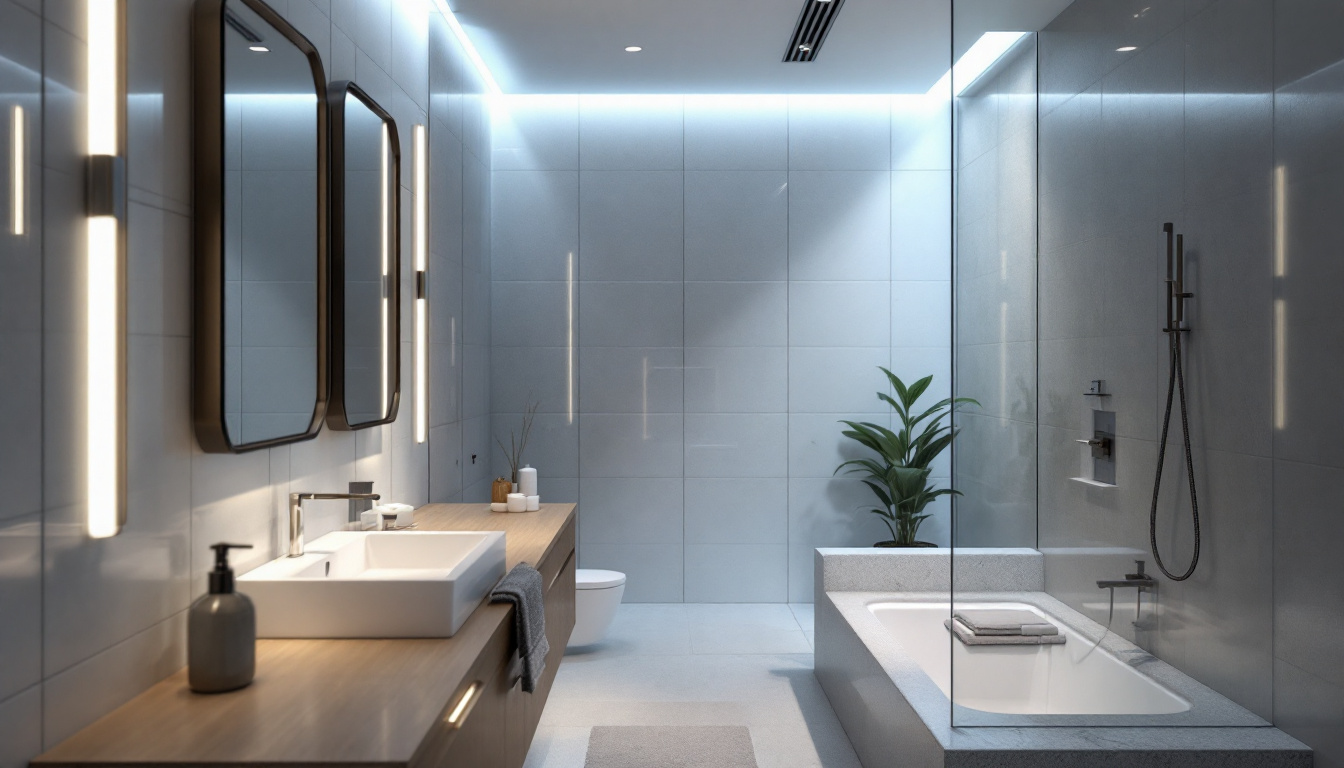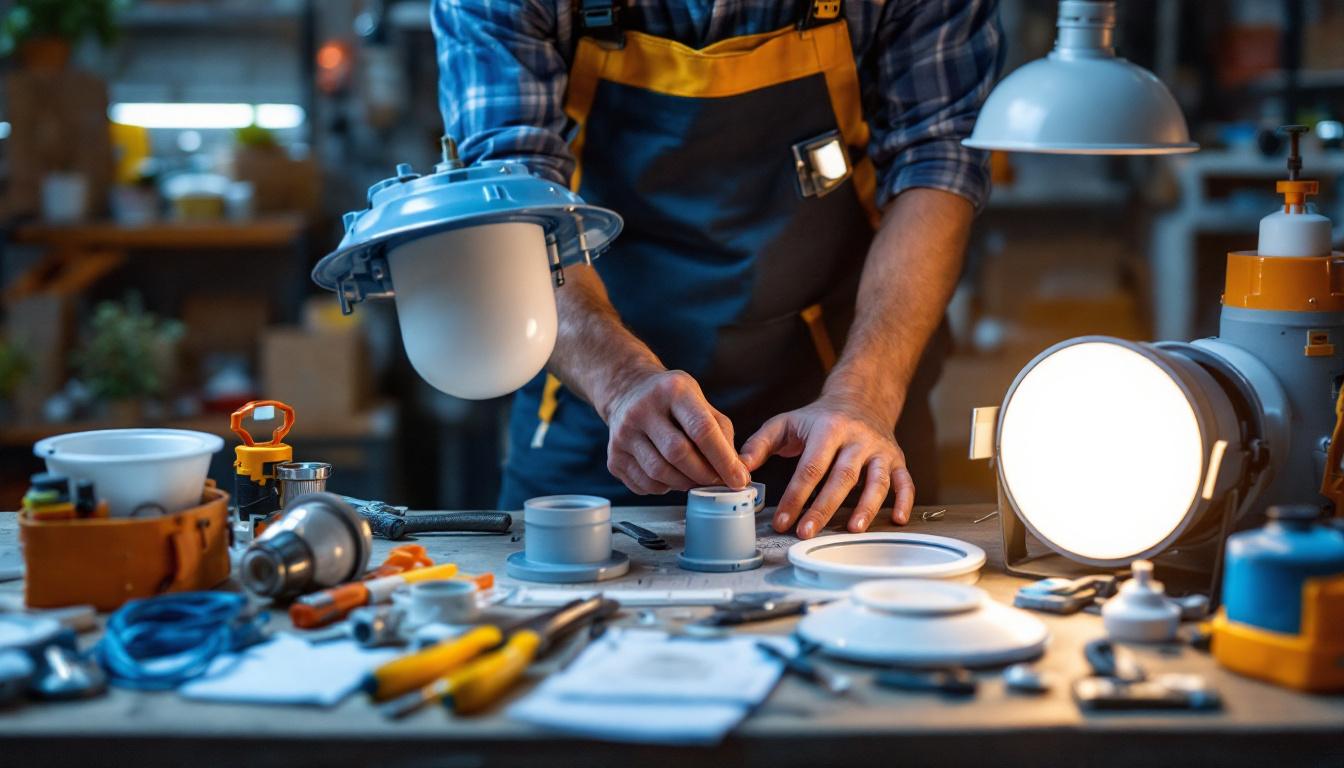
In the realm of residential lighting, house lights play a pivotal role in enhancing both the functionality and aesthetic appeal of a home. As lighting contractors navigate the intricacies of design, installation, and maintenance, they often encounter a set of common questions. This article aims to address these queries, providing clarity and insight into the world of house lighting.
House lighting encompasses a variety of fixtures and systems designed to illuminate residential spaces effectively. From ambient lighting that sets the mood to task lighting that facilitates specific activities, understanding the different types of house lights is essential for any lighting contractor.
Lighting contractors must be familiar with the various types of house lights, each serving distinct purposes. Common categories include:
Understanding these categories allows contractors to recommend appropriate lighting solutions tailored to their clients’ needs. Additionally, the interplay between these different types of lighting can create a harmonious atmosphere within a home. For instance, a well-placed accent light can draw attention to a beautiful piece of art, while ambient lighting ensures that the entire room feels welcoming and warm. By combining these elements thoughtfully, contractors can elevate the overall aesthetic and functionality of a space.
Selecting the right fixtures involves considering several factors, including the style of the home, the function of the space, and the preferences of the homeowner. Contractors should encourage clients to think about:
By guiding clients through this decision-making process, contractors can ensure the chosen fixtures enhance both the functionality and beauty of the space. Furthermore, it’s important to consider the scale and proportion of the fixtures in relation to the room size. Oversized chandeliers may overwhelm a small dining area, while petite sconces might get lost on expansive walls. Lighting contractors should also discuss the importance of dimmers and smart lighting systems, which allow homeowners to adjust the brightness and mood of their spaces according to their needs, creating a versatile environment that can adapt to any occasion.
The installation of house lights is a critical aspect of a contractor’s job. Proper installation not only ensures safety but also maximizes the effectiveness of the lighting. Here are some common questions that arise during the installation phase.
Installing house lights involves a series of steps that must be followed to achieve optimal results. These include:
Following these steps helps prevent issues down the line and ensures a professional finish. Additionally, it is beneficial to consider the type of bulbs being used, as different lighting technologies can significantly affect energy consumption and the ambiance of a space. For instance, LED bulbs are not only energy-efficient but also have a longer lifespan compared to traditional incandescent bulbs, making them a popular choice for modern installations. Moreover, dimmable options can provide flexibility in adjusting the light intensity, catering to various moods and activities.
Safety is paramount when installing house lights. Contractors should adhere to the following guidelines:
By prioritizing safety, contractors can protect themselves and their clients throughout the installation process. It is also advisable to conduct a thorough inspection of the installation site before beginning work. This includes checking for any existing damage to wiring or fixtures, as well as ensuring that the work area is free of clutter and hazards. Furthermore, having a second set of hands can be invaluable during the installation, not only for safety reasons but also for efficiency. A partner can assist with holding fixtures in place while securing them, making the entire process smoother and more effective.
Once house lights are installed, ongoing maintenance is essential to ensure they continue to operate effectively and efficiently. Here are some frequently asked questions regarding maintenance.
Regular maintenance checks are vital for prolonging the life of lighting fixtures. It is generally recommended that contractors advise homeowners to inspect their lights at least once a year. During these checks, they should:
By establishing a routine maintenance schedule, homeowners can ensure their lighting systems remain in top condition.
Several common issues can arise with house lights, and being able to identify and address them is crucial for contractors. These issues include:
Understanding these common problems allows contractors to provide effective solutions and enhance customer satisfaction.
As energy costs continue to rise, homeowners are increasingly interested in energy-efficient lighting solutions. Lighting contractors play a crucial role in guiding clients toward sustainable choices.
Several energy-efficient lighting options are available, each with its own benefits. Contractors should be well-versed in the following types:
By recommending energy-efficient options, contractors can help clients reduce their utility bills and minimize their environmental impact.
In addition to choosing energy-efficient fixtures, homeowners can take several steps to maximize energy efficiency in their lighting design:
By implementing these strategies, homeowners can significantly reduce their energy consumption and costs.
The world of house lighting is constantly evolving, with new trends emerging regularly. Staying updated on these trends can help contractors provide relevant and modern solutions to their clients.
Some of the latest trends in house lighting include:
By being aware of these trends, contractors can better meet the evolving needs of their clients.
To remain competitive, contractors should actively seek out resources to stay informed about the latest lighting trends. This can include:
By investing time in education and networking, contractors can ensure they are equipped to provide the best possible service to their clients.
House lights are an essential component of residential design, and understanding the common questions that arise in this field can greatly enhance a contractor’s effectiveness. From selecting the right fixtures to ensuring safety during installation and maintenance, each aspect plays a crucial role in delivering quality service.
By staying informed about energy efficiency, trends, and best practices, lighting contractors can not only meet but exceed their clients’ expectations. As the demand for innovative and sustainable lighting solutions continues to grow, the knowledge and expertise of lighting contractors will remain invaluable in shaping the future of residential lighting.
As a dedicated lighting contractor, you understand the importance of quality, efficiency, and value in every project. At LumenWholesale, we’re here to support your commitment to excellence. Our spec-grade lighting products not only meet the highest industry standards but are also available at unbeatable wholesale prices. Say goodbye to local distributor markups and hello to a vast selection of reliable, high-performance lighting solutions. With the added convenience of free shipping on bulk orders, LumenWholesale is your go-to source for premium lighting without the premium price tag. Elevate your lighting projects and experience the best value in wholesale lighting today.

Discover why LED lights are revolutionizing bathroom design and becoming essential for lighting contractors.

Discover how LED high bay lighting is revolutionizing the industrial sector, offering lighting contractors unparalleled efficiency, durability, and cost savings.

Discover the essential components of ceiling lamps and why understanding them is crucial for lighting contractors.

Discover the essential insights lighting contractors need about motion sensor lights.